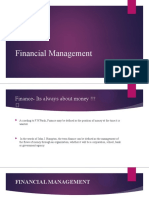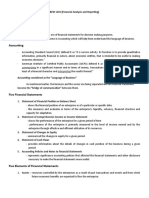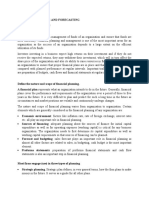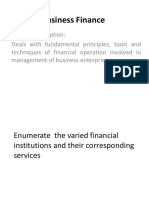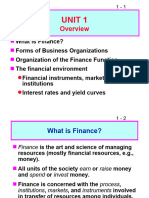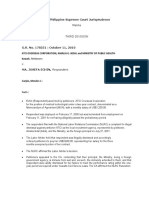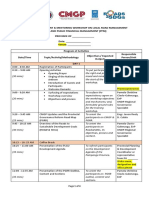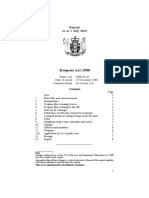100% found this document useful (10 votes)
4K views25 pagesFinancial Management
report in financial management: financial institution, financial markets... based on teacher's manual
Uploaded by
Reymart Castillo HamoCopyright
© © All Rights Reserved
We take content rights seriously. If you suspect this is your content, claim it here.
Available Formats
Download as PDF, TXT or read online on Scribd
100% found this document useful (10 votes)
4K views25 pagesFinancial Management
report in financial management: financial institution, financial markets... based on teacher's manual
Uploaded by
Reymart Castillo HamoCopyright
© © All Rights Reserved
We take content rights seriously. If you suspect this is your content, claim it here.
Available Formats
Download as PDF, TXT or read online on Scribd
/ 25









